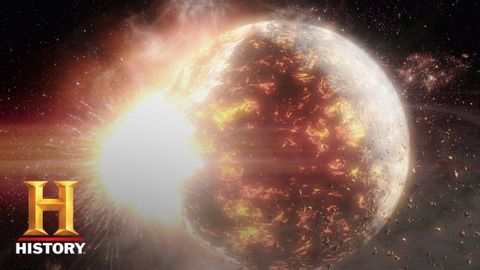
Subtitles & vocabulary
The Universe: Climate Disasters Destroy Earth's Neighboring Planets (Season 6) | History
00
林宜悉 posted on 2020/03/23Save
Video vocabulary
enormous
US /ɪˈnɔrməs/
・
UK /iˈnɔ:məs/
- Adjective
- Huge; very big; very important
- Very great in size, amount, or degree.
A2
More extreme
US /ɪkˈstrim/
・
UK /ɪk'stri:m/
- Adjective
- Very great in degree
- Farthest from a center
- Noun
- Effort that is thought more than is necessary
- The furthest point or limit of something.
B1
More catastrophic
US /ˌkætəˈstrɑfɪk/
・
UK /ˌkætə'strɒfɪk/
- Adjective
- Causing a lot of damage or suffering
B2
More climate
US /ˈklaɪmɪt/
・
UK /ˈklaɪmət/
- Noun (Countable/Uncountable)
- Typical weather conditions in a particular place
- The general attitudes, feelings, or opinions that people have at a particular time.
A2
More Use Energy
Unlock All Vocabulary
Unlock pronunciation, explanations, and filters
